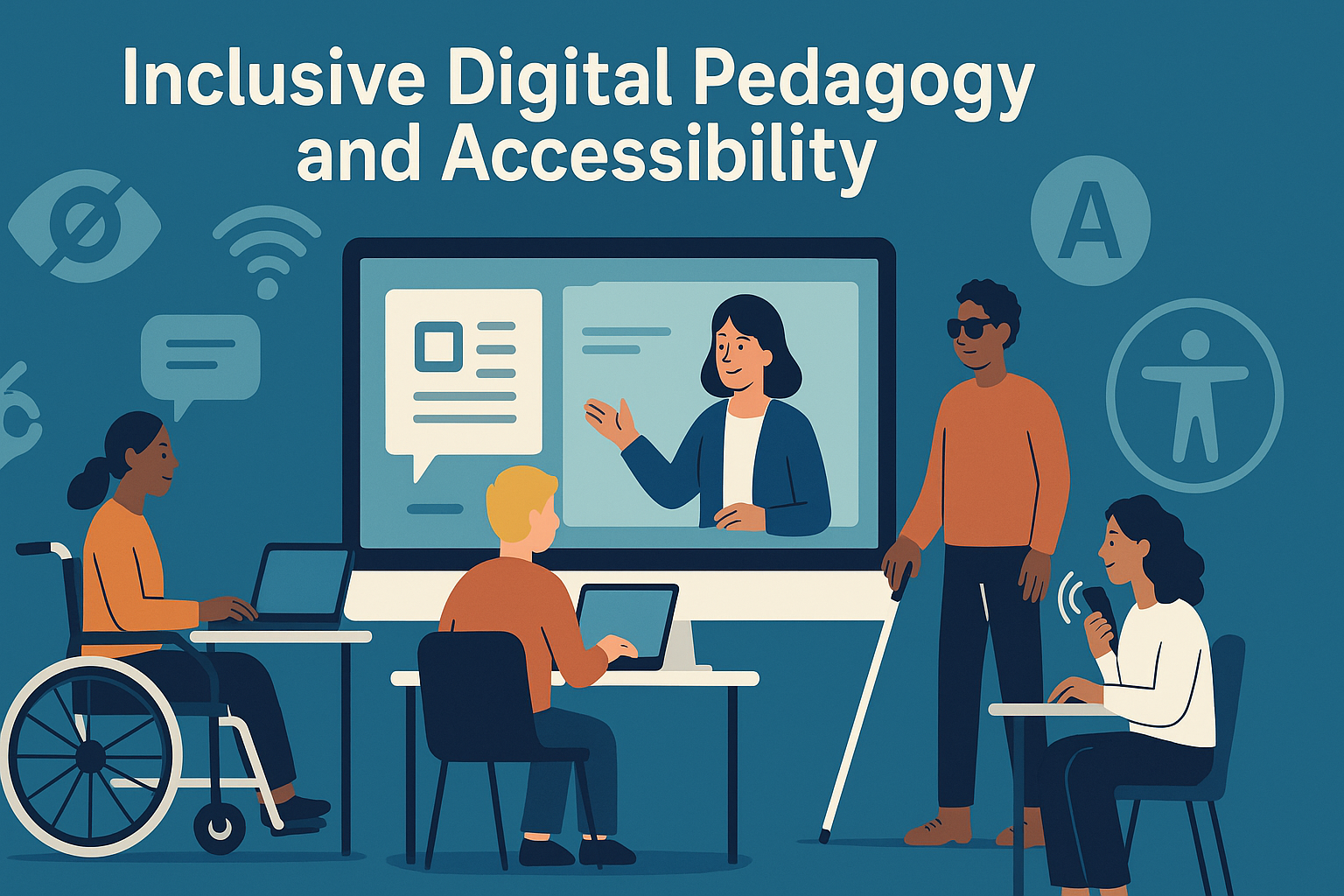
To equip educators with nudging strategies that support inclusive teaching practices and improve digital accessibility for all learners. This module focuses on designing digital learning experiences that are accessible by default, reduce exclusion, and foster participation from diverse student populations.
By the end of this module, learners will have:
Inclusive digital pedagogy is not about doing more, it’s about doing differently. Through this module, you have explored how nudging strategies can support more equitable, accessible, and participatory digital learning environments. You’ve seen that inclusion is not the responsibility of one person or one tool, but rather the result of intentional design choices and collaborative cultures.
Small steps matter. A well-placed prompt, a thoughtful format choice, a moment of reflection, these all contribute to a more inclusive experience for learners. As you move forward, remember that the goal is not perfection, but progress: to keep noticing, adjusting, and sharing.
Your next challenge is not just to apply what you’ve learned, but to keep nudging yourself and others toward practices that welcome every student into the learning process.